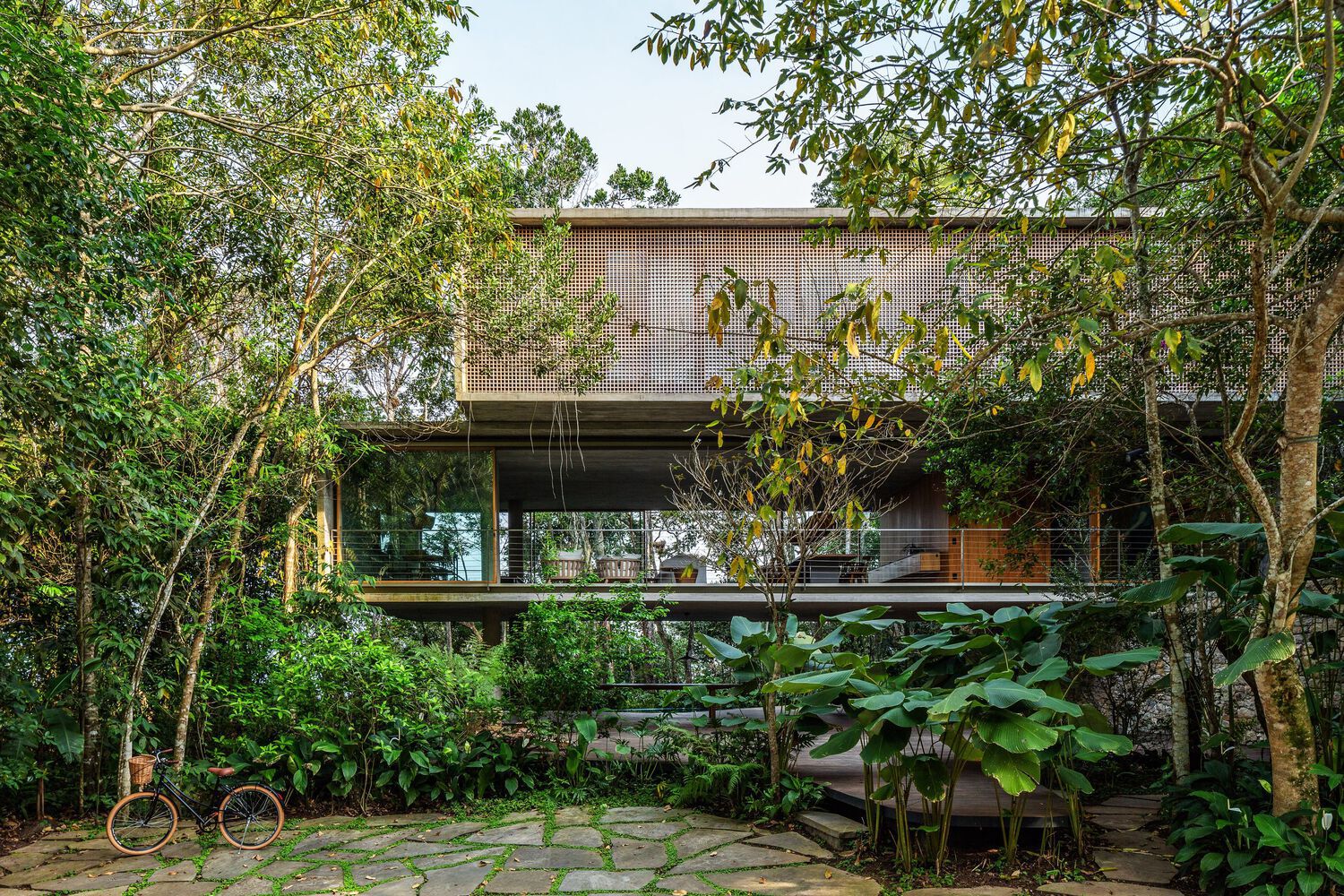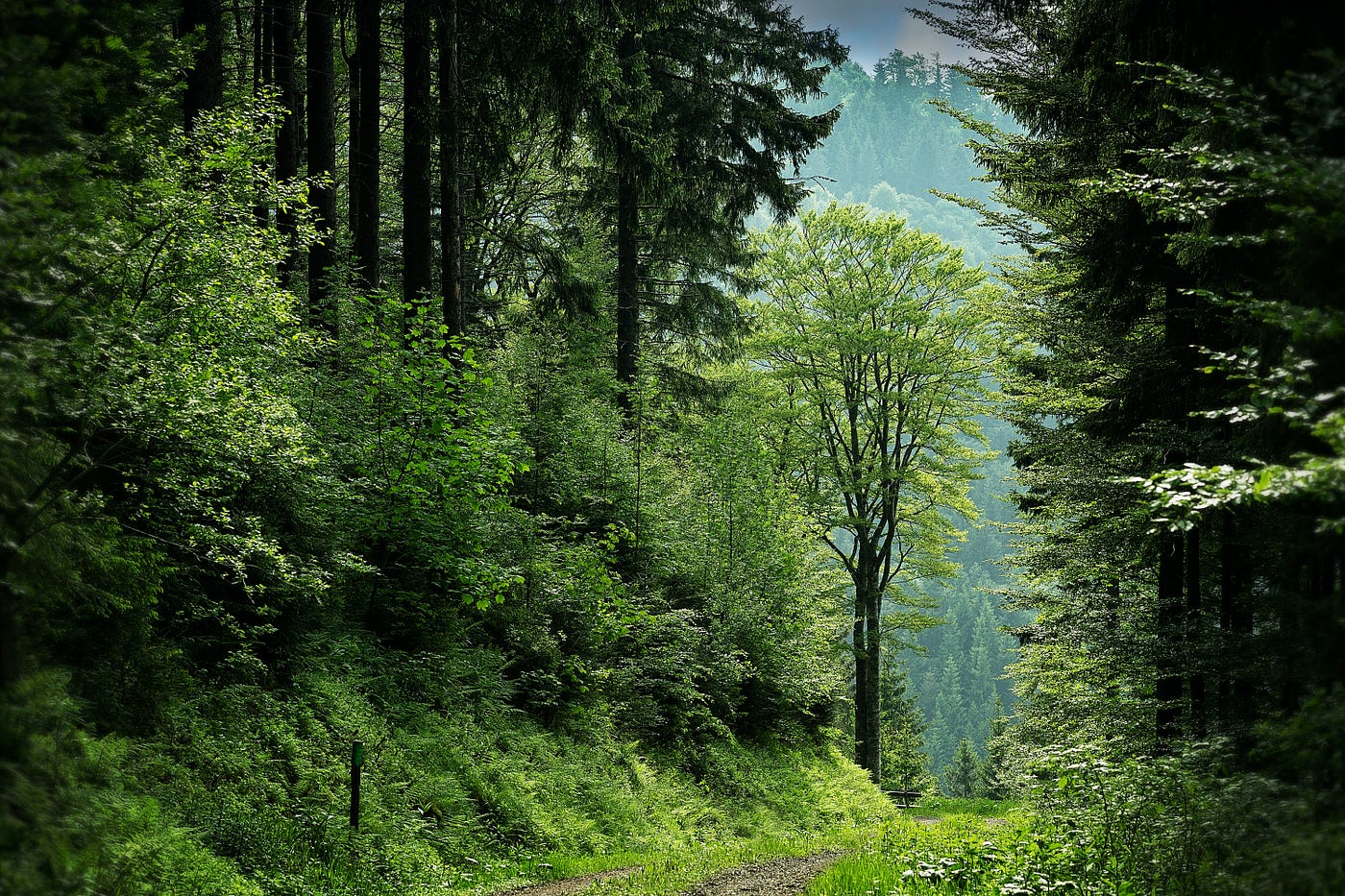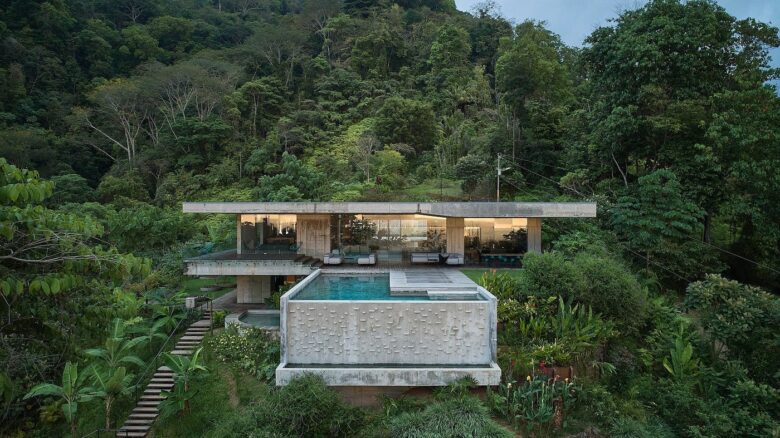In the midst of towering skyscrapers, endless pavements, and the relentless hustle of city life, lies an unexpected oasis of tranquility and natural beauty “Rediscovering Nature in the Concrete Jungle” embarks on an enlightening journey to uncover the hidden gems of nature that thrive within our urban landscapes.
This article delves into the surprising array of green spaces, wildlife, and natural phenomena that exist alongside the urban sprawl, often unnoticed by the city dwellers. We explore how these natural enclaves offer not just a visual respite but also play a crucial role in enhancing our mental and physical well-being.
From rooftop gardens and urban forests to the wildlife that has adapted to city life, this exploration sheds light on the importance of nature in urban settings and how it’s being integrated innovatively in city planning. Join us as we traverse through the concrete jungle.
Uncovering stories of resilience, coexistence, and the ever-present, yet often overlooked, pulse of nature in our cities. This introduction sets the scene for an exploration of nature within urban environments, highlighting the importance and impact of these natural spaces on city life and the well-being of its inhabitants.
Embracing Urban Wilderness

The concept of urban wilderness is not an oxymoron, but a forgotten reality. In many cities around the world, pockets of wilderness thrive amidst concrete and steel.
These areas, though often small and unassuming, form vital ecosystems that enrich the biodiversity of the city.
We explore several such spaces, from the tiny park tucked away in a busy neighborhood, to the sprawling urban forests that offer a habitat for a variety of flora and fauna.
Wildlife Adaptation: The City as a Habitat
It’s not just plants that have adapted to urban living; many animal species have also found ways to thrive in city environments.
Birds, insects, and even mammals have adapted to the urban landscape, finding food, shelter, and nesting sites in unlikely places.
We uncover stories of how these species have adapted to the urban environment, sometimes in astonishing ways, highlighting the resilience and adaptability of nature.
Green Spaces as Urban Sanctuaries
Urban green spaces serve as crucial sanctuaries for both wildlife and humans. Parks, gardens, and green rooftops offer a respite from the urban grind, improving air quality and providing recreational space.
We delve into how these green spaces not only benefit physical health but also mental well-being, offering a space for relaxation, exercise, and connection with nature.
The Role of Urban Planning
The integration of nature into urban planning is key to sustainable city living. We discuss innovative approaches to urban design that incorporate green spaces, such as green corridors that connect different parts of a city, and eco-friendly building designs that include living walls and green roofs.
These initiatives not only enhance the aesthetic appeal of the city but also contribute to environmental sustainability and the well-being of its inhabitants.
Community Engagement and Nature

The involvement of local communities in creating and maintaining urban nature spaces is vital. Community gardens, for instance, not only provide green space but also foster community spirit and educate people about the environment and sustainable living.
We highlight successful community projects that have transformed urban spaces and brought people closer to nature.
How Can I Get Involved in Urban Nature Conservation?
Getting involved in urban nature conservation can be as simple as joining a local community garden or participating in city clean-up events.
Many cities also have local environmental groups that work on projects like tree planting, wildlife monitoring, and creating green spaces.
Volunteering with these groups not only helps the environment but also connects you with like-minded individuals passionate about urban ecology.
2: What Are the Benefits of Urban Green Spaces?
Urban green spaces offer numerous benefits. They improve air quality by filtering pollutants, provide habitats for wildlife, and reduce the urban heat island effect.
For people, these spaces offer a place for recreation and relaxation, which can greatly enhance mental health. Studies have shown that regular access to green spaces can reduce stress, anxiety, and promote physical well-being.
3: Can Wildlife Truly Thrive in Urban Areas?
Yes, many wildlife species have adapted remarkably well to urban environments. Birds, small mammals, insects, and even certain species of plants have found niches within cities where they can thrive.
Urban wildlife often benefits from the availability of food sources and nesting areas. However, it’s important for urban planning to consider wildlife needs to ensure healthy coexistence and biodiversity within the city.
Conclusion: A Call to Rediscover
As our journey through the urban wilderness concludes, we are left with a profound understanding of the importance of nature in urban environments.
It’s a call to action for city dwellers to rediscover and reconnect with nature, to appreciate the green spaces around them, and to play an active role in nurturing these spaces.
In the concrete jungle, the wilderness is not lost; it awaits rediscovery and appreciation, reminding us of the delicate balance between urban development and the natural world.




